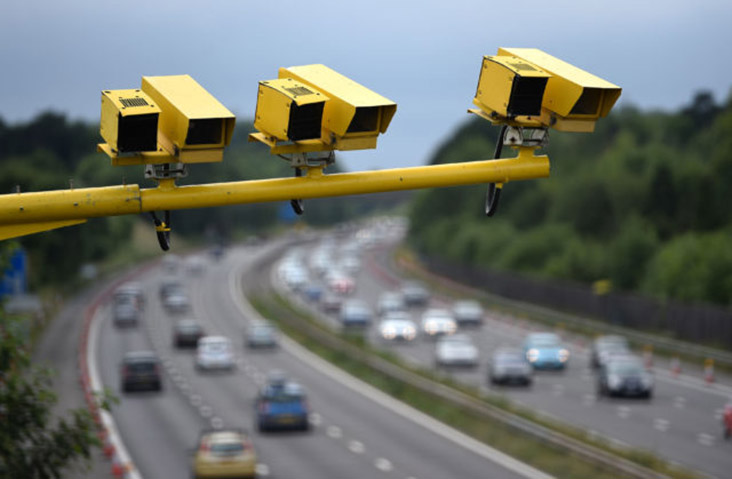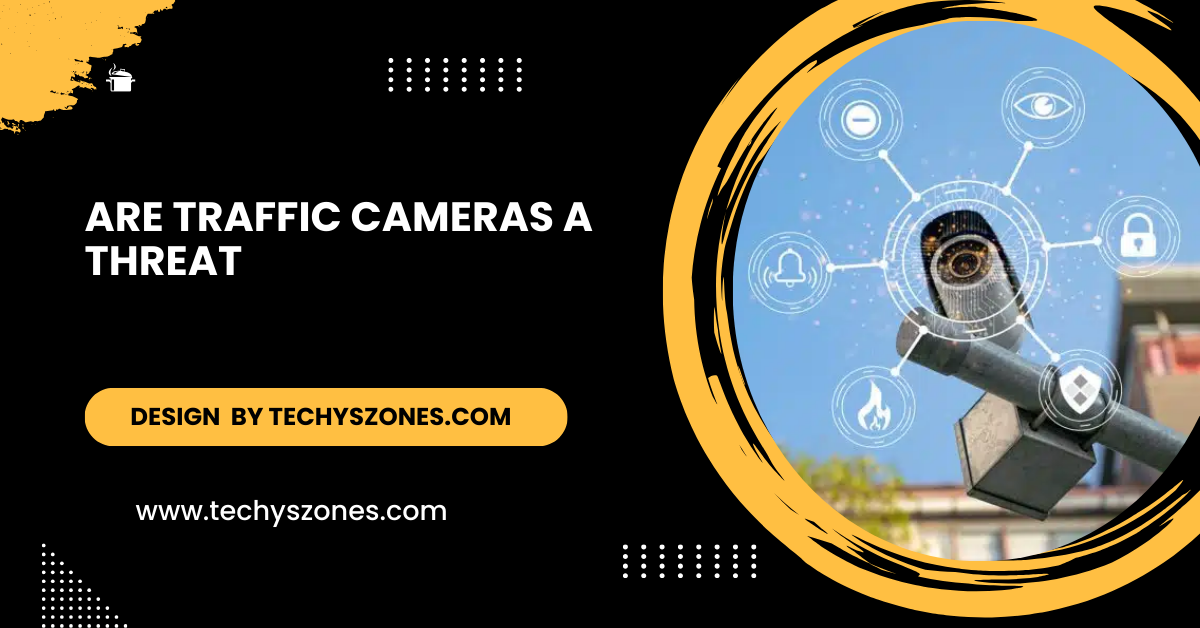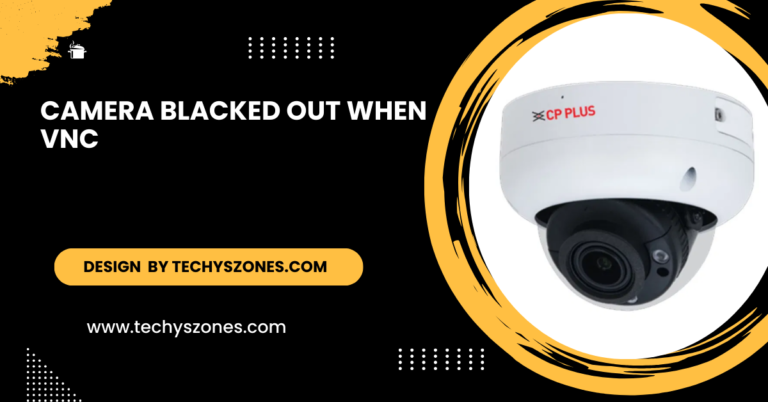Are Traffic Cameras A Threat – A Deep Dive into Their Effectiveness!
Discover the impact of traffic cameras on road safety and privacy. Explore the benefits and concerns surrounding their use in modern traffic management.
In this article, we examine the dual role of traffic cameras in promoting road safety and raising privacy concerns. We highlight their effectiveness in reducing accidents and enhancing traffic management while addressing the implications for individual rights.
Understanding Traffic Cameras:

Traffic cameras can be categorized into various types, each serving specific functions:
- Speed Cameras:Speed cameras are designed to capture images of vehicles exceeding the speed limit. These cameras are often placed in high-accident areas to deter speeding and encourage safer driving behavior. Some advanced models use radar or laser technology to measure vehicle speed accurately.
- Red Light Cameras:Red light cameras are positioned at intersections to monitor compliance with traffic signals. When a vehicle runs a red light, the camera captures an image, often including the vehicle’s license plate, which can lead to fines for the driver.
- Surveillance Cameras:These cameras are used to monitor traffic patterns and conditions in real time. They help traffic management centers respond quickly to accidents or congestion, ultimately improving traffic flow.
- Automatic Number Plate Recognition (ANPR):ANPR cameras automatically read vehicle registration plates, allowing law enforcement to track stolen vehicles, enforce toll collection, and monitor road usage.While the primary aim of traffic cameras is to enhance public safety, they raise essential concerns regarding their impact on society.
The Benefits of Traffic Cameras:
Enhanced Road Safety:
One of the most significant advantages of traffic cameras is their contribution to road safety. Numerous studies indicate that the installation of speed and red light cameras correlates with reduced accident rates. For instance:
- Speed Cameras: Research has shown that speed cameras can reduce fatal accidents by 30% or more in monitored areas. The visible presence of these cameras encourages drivers to adhere to speed limits, ultimately reducing the severity of collisions.
- Red Light Cameras: A study conducted by the Insurance Institute for Highway Safety found that red light cameras reduced fatal crashes at intersections by about 21%. These cameras discourage drivers from taking risks that could lead to serious accidents.
Efficient Traffic Management:
Traffic cameras play a vital role in improving overall traffic management. The data collected from these cameras can help city planners and traffic engineers:
- Analyze Traffic Patterns: By studying footage and data from traffic cameras, officials can identify peak traffic times, bottlenecks, and accident-prone areas.
- Implement Strategic Solutions: This analysis allows cities to make informed decisions about infrastructure improvements, such as adding traffic signals, adjusting timing, or building new roads.
Deterrence of Criminal Activity:
The mere presence of traffic cameras can act as a deterrent not just for traffic violations but also for other types of crime. The knowledge that vehicles are being monitored can discourage theft, vandalism, and other illegal activities, contributing to a safer environment.
Evidence Collection:
In the event of accidents or disputes, traffic camera footage serves as valuable evidence. This can help law enforcement determine fault in accidents, resolve insurance claims, and even assist in criminal investigations.
Privacy Concerns:
Despite the advantages, traffic cameras raise significant privacy concerns that cannot be overlooked. Here are some of the primary issues:
Surveillance State:
Many citizens fear that the widespread deployment of traffic cameras contributes to a surveillance state, where individuals are constantly monitored. This feeling of being watched can infringe on personal freedoms and foster distrust between the public and law enforcement.
Data Security:
The collection and storage of footage from traffic cameras create risks related to data security. If this data is not adequately protected, it could be vulnerable to hacking, misuse, or unauthorized access.
Misuse of Information:
There are concerns about how the data collected from traffic cameras is utilized. For instance, could it be employed for purposes beyond traffic enforcement? The potential for misuse raises ethical questions about accountability and transparency.
Lack of Transparency
In many jurisdictions, there is a lack of transparency regarding the policies governing traffic cameras. Citizens often remain uninformed about how data is collected, stored, and utilized, leading to mistrust and skepticism about the intentions behind these systems.
Read More: Mach E Lane Assist Error Camera Image – Ultimate Guide!
Are Traffic Cameras Effective?
While the concerns surrounding traffic cameras are valid, research consistently demonstrates their effectiveness in enhancing road safety. A review of multiple studies indicated:
- Red Light Cameras: A decrease in fatal crashes at intersections equipped with red light cameras by approximately 21%, with significant reductions in injuries as well.
- Speed Cameras: These cameras can lower average speeds in monitored areas, leading to fewer accidents and fatalities. Studies have shown reductions in speeding-related incidents by 30% or more.
However, the effectiveness of traffic cameras can vary based on several factors, including the location, the public’s awareness of camera placement, and the enforcement practices of law enforcement agencies. Public education about the purpose and benefits of traffic cameras is crucial for their success.
FAQ’s
1.What are the main purposes of traffic cameras?
Traffic cameras are primarily used for speed enforcement, monitoring red lights, managing traffic flow, and providing surveillance to enhance road safety.
2.Do traffic cameras improve road safety?
Yes, studies show that traffic cameras can significantly reduce accidents and fatalities by deterring speeding and running red lights.
3.What privacy concerns are associated with traffic cameras?
Privacy concerns include the potential for a surveillance state, data security risks, and the misuse of collected information.
4.How can traffic camera data be misused?
Traffic camera data could be accessed by unauthorized individuals or used for purposes beyond traffic enforcement, raising ethical issues.
5.What steps can be taken to address concerns about traffic cameras?
Policymakers should ensure transparency in data usage, engage with the community, and conduct regular reviews of the effectiveness and ethical implications of traffic cameras.
Conclusion:
In conclusion, traffic cameras represent a double-edged sword. While they play a crucial role in enhancing road safety and managing traffic effectively, they also raise legitimate concerns about privacy and potential misuse. Striking a balance between leveraging technology for public safety and safeguarding individual rights is essential.







